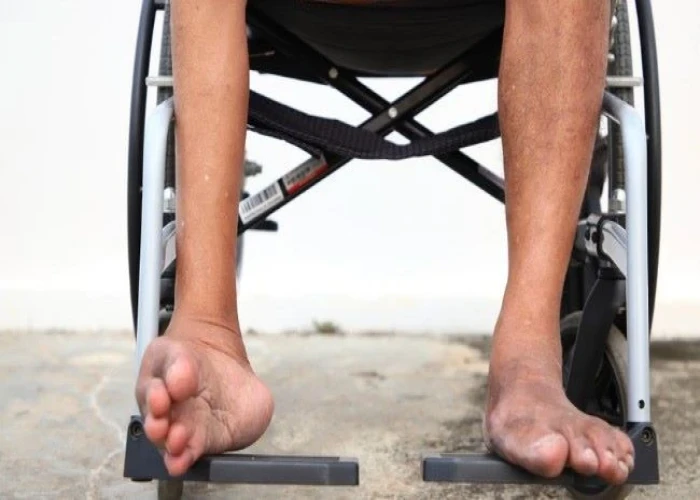 Welcome
Welcome
“May all be happy, may all be healed, may all be at peace and may no one ever suffer."
Polio
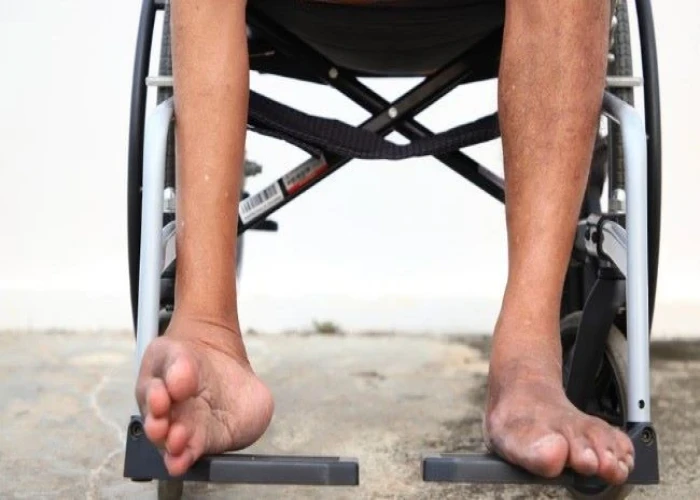
Polio, also known as poliomyelitis, is a viral disease caused by the poliovirus. The virus is spread through contact with contaminated feces or oral secretions, typically from person to person. In some cases, the virus can be spread through contaminated food or water.
Polio primarily affects the nervous system, and in some cases can cause paralysis, muscle weakness, and even death. Most people who are infected with the poliovirus do not develop symptoms, and only about 1% of cases result in paralysis.
Symptoms of polio may include fever, headache, vomiting, stiffness in the neck and back, muscle weakness, and paralysis. In severe cases, the virus can affect the muscles used for breathing, leading to respiratory failure.
There is no cure for polio, but the disease can be prevented through vaccination. The polio vaccine is safe and effective, and is recommended for all children as part of routine immunizations. In some parts of the world where polio is still endemic, vaccination campaigns are used to help prevent the spread of the virus.
Although polio is rare in many parts of the world today due to widespread vaccination, it remains a serious public health concern in some regions. Ongoing efforts are underway to eradicate polio globally through vaccination programs and other public health initiatives.
Research Papers
Disease Signs and Symptoms
- Fever
- Pain in neck, arms and back
- Stiffness in back, shoulders, arms and legs
- Stiffness of neck muscles
- Neck pain
- Body stiffness
- Back pain
- Fatigue (Tiredness)
- Nausea or vomiting
- Headaches
- Sore throat
- Muscle weakness
Disease Causes
Polio
Poliovirus can be transmitted through direct contact with someone infected with the virus or, less commonly, through contaminated food and water. People carrying the poliovirus can spread the virus for weeks in their feces. People who have the virus but don't have symptoms can pass the virus to others.
Disease Prevents
Polio
The most effective way to prevent polio is vaccination.
Polio vaccine
Most children in the United States receive four doses of inactivated poliovirus vaccine (IPV) at the following ages:
- Two months
- Four months
- Between 6 and 18 months
- Between ages 4 and 6 when children are just entering school
IPV is safe for people with weakened immune systems, although it's not certain just how protective the vaccine is in cases of severe immune deficiency. Common side effects are pain and redness at the injection site.
Allergic reaction to the vaccine
IPV can cause an allergic reaction in some people. Because the vaccine contains trace amounts of the antibiotics streptomycin, polymyxin B and neomycin, it shouldn't be given to anyone who's reacted to these medications.
Signs and symptoms of an allergic reaction usually occur within minutes to a few hours after the shot. Watch for:
- Difficulty breathing
- Weakness
- Hoarseness or wheezing
- Rapid heart rate
- Hives
- Dizziness
If you or your child has an allergic reaction after any shot, get medical help immediately.
Adult vaccination
In the U.S., adults aren't routinely vaccinated against polio because most are already immune, and the chances of contracting polio are minimal. However, certain adults at high risk of polio who have had a primary vaccination series with either IPV or the oral polio vaccine (OPV) should receive a single booster shot of IPV.
A single booster dose of IPV lasts a lifetime. Adults at risk include those who are traveling to parts of the world where polio still occurs or those who care for people who have polio.
If you're unvaccinated or your vaccination status is undocumented, get a series of primary polio vaccination shots — two doses of IPV at four- to eight-week intervals and a third dose six to 12 months after the second dose.
Disease Treatments
Because no cure for polio exists, the focus is on increasing comfort, speeding recovery and preventing complications. Supportive treatments include:
- Pain relievers
- Portable ventilators to assist breathing
- Moderate exercise (physical therapy) to prevent deformity and loss of muscle function
Disease Diagnoses
Disease Allopathic Generics
Disease Ayurvedic Generics
Disease Homeopathic Generics
Disease yoga
Polio and Learn More about Diseases
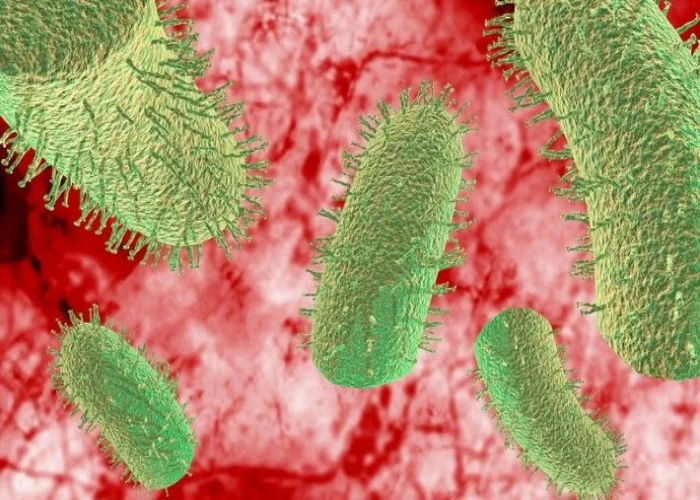
Rabies
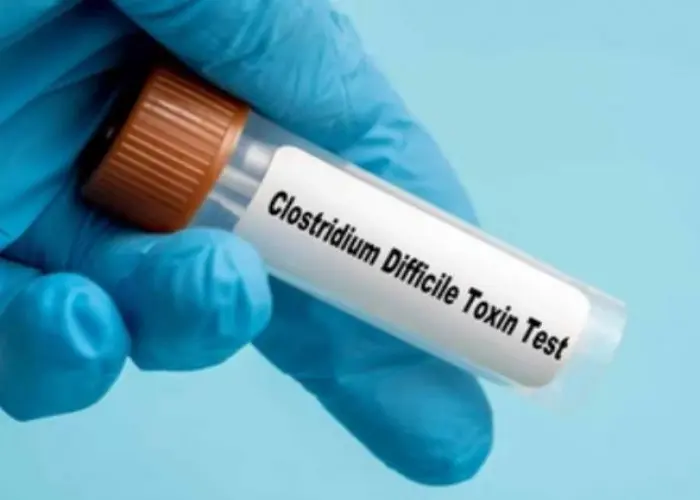
Antibiotic-associated diarrhea

Strep throat

Body lice
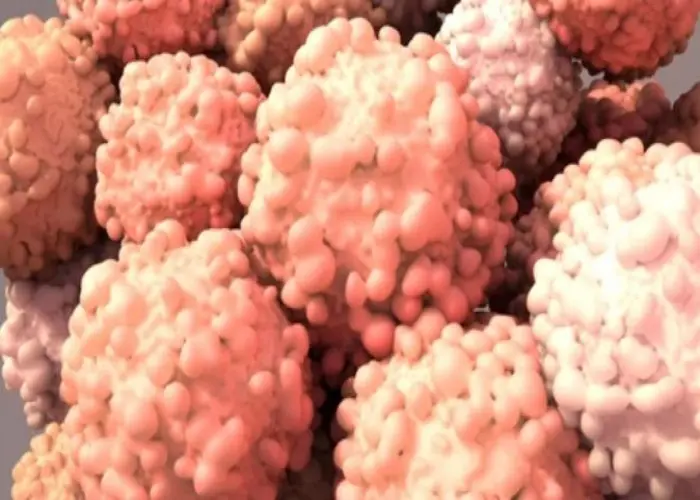
Brain metastases

Stevens-Johnson syndrome

Dyslexia
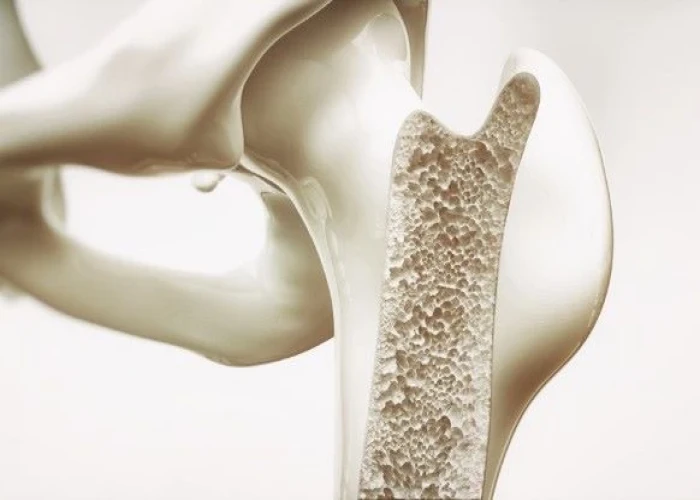
Osteoporosis
polio, পোলিও
To be happy, beautiful, healthy, wealthy, hale and long-lived stay with DM3S.
